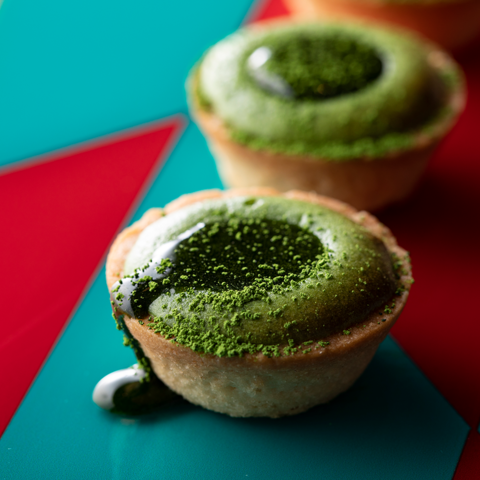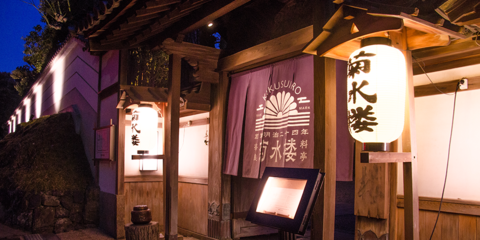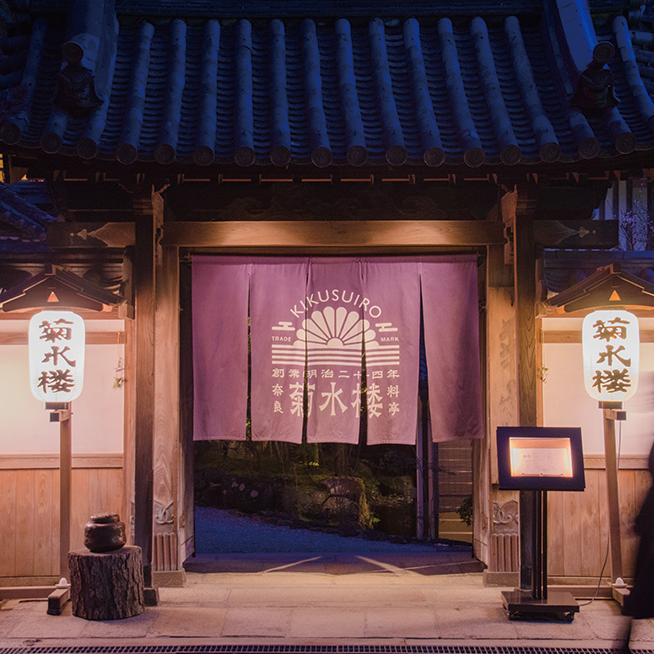
Nara's best Guest House, Kikusuiro
The restaurant Kikusuiro has been in business for approximately 120 years since its opening in 1891. Granted structural members from Enjoji Temple, the restaurant building is a registered tangible cultural property. They offer traditional Japanese dishes unique to this long-established restaurant that go with the annual events of the ancient city of Nara. Also, in addition to the Japanese restaurant Kikusuiro, they run a western restaurant called Kikusui and an Edo-style eel restaurant called Unakiku, each one offering distinctive dishes. The Kikusuiro chain has some of the finest restaurants available, with a history for holding parties, meetings, and weddings.
Exploring new and innovative ways to enjoy matcha
Japanese tea is being recognized again as the needs and interests for Japanese food and matcha confectionary increase. We at Yamamasa Koyamaen are a tea company that handles the entire tea-making process, from cultivation to manufacturing, with our own tea farm, while at the same time adapting to market changes in order to try for new possibilities. Together with the cooperation of passionate pastry chefs, Japanese confectionary chefs, chefs and cooks in other fields along with the finest culinary academies and restaurants, we test new matching possibilities between Japanese tea and dishes, creating new dishes and confectionaries using matcha. This time we tried to create new traditional Japanese dishes using matcha with Yuichi Higashiguchiand Sayaka Shiomi, and conducted an interview with them.

Steam red snapper using Domyoji powder with sprinkled matcha(Mr. Higashiguchi)
After preparing many cups of matcha tea, I realized that the flavors get trapped inside the bubbles. The realization has led me to use meringue so that the bubbles can be delivered to the customers, and led me to think about giving the matcha flavor to the light taste of snappers. I used the fragrant Ogurayama, because I wanted to emphasize the aromas of this dish.
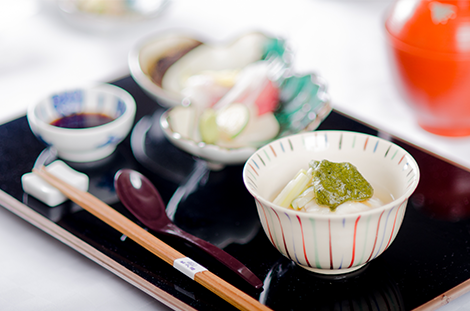
Grilled tilefish with matcha miso(Mr. Higashiguchi)
Tea and sweets are a classic combination. White miso, which I used this time, was known to be used as a sweetener in Japanese confectionary back in the days when sugar was still very valuable. I used Samidori, whose flavor is no less than that of white miso, in order to make matcha miso. The theme for this dish was "preparing a dish that will make people eat tea."
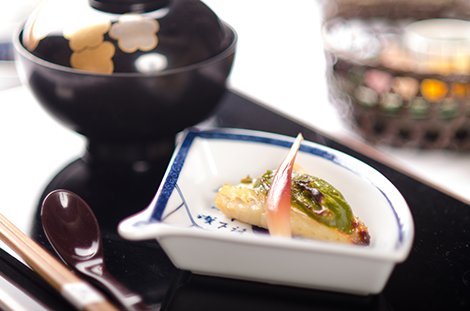
Soft azuki-bean jelly with matcha flavor (Ms. Shiomi)
I made a simple dessert with the matcha flavor at its core. I believe the green aroma of bamboo and bamboo grass match well with Ogurayama. I wanted to add something that is reminiscent of Nara, so I decided to add in strawberry, which is a specialty of Nara.
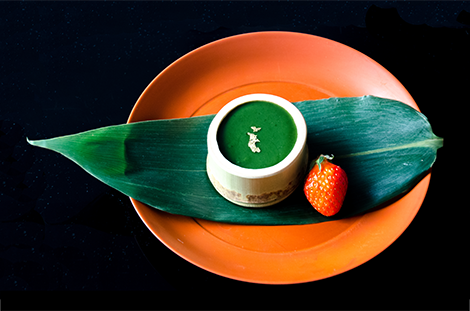
Enjoying tea beyond the boundaries
Tea, especially matcha, is attractive in many ways because it is not just something used as a preferred beverage or food ingredient. It allures us with its history, culture, space, art, beauty, health, and more. Yamamasa-Koyamaen will continue take new challenges beyond existing boundaries in order to draw out the manifold features of matcha.

